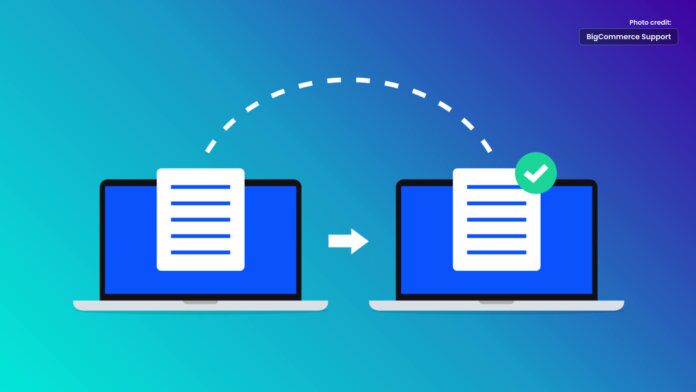Learn web transfer protocols like HTTP, FTP and internet data-sharing.
Web Transfer: A Basic Guide to Understanding Data Exchange
Web transfer protocols are essential for facilitating seamless data sharing across the internet in the linked world of today.
These protocols set the rules for the transmission of data between servers and clients, including website access and file downloads.
The foundations of online transfer will be covered in this blog, along with an examination of the most popular protocols that make it possible.
Web Transfer: What is it?
Web transfer, also known as data transfer or file transfer, is the process of transferring data via the internet from one point to another.
This information can include a variety of media, such as text, pictures, videos, software, and more.
Web transfer is an essential part of the digital ecosystem since it allows users to share information, access services, and communicate online.
Protocols and Web Transfer Techniques:
File Transfer Protocol (FTP)
File Transfer Protocol, or FTP, was created especially for sending files from a client to a server. When huge files need to be exchanged or downloaded, it is frequently utilized and predates HTTP.
FTP functions in both active and passive modes. While in passive mode, the server simply opens a port for the client to connect to, active mode involves the client creating a connection to the server in order to send data.
Despite being widely utilized, FTP lacks encryption, which creates security issues. To solve these problems, secure alternatives like SFTP (SSH File Transfer Protocol) and FTPS (FTP Secure) have been developed.
Hypertext Transfer Protocol (HTTP)
The Hypertext Transfer Protocol, or HTTP, is the foundation of data transmission on the World Wide Web. It is the protocol used to retrieve information and interact with online apps and websites.
A client (often a web browser) requests resources from a server (which hosts the website) in the client-server architecture of HTTP. The requested material, which could be HTML, photos, videos, or other sorts of data, is returned by the server.
Over time, HTTP has changed, with versions like HTTP/1.1 and HTTP/2 bringing efficiency and performance improvements.
Email Protocols: SMTP and IMAP
SMTP (Simple Mail Transfer Protocol) and IMAP (Internet Message Access Protocol) are two crucial protocols that are used in email communication. Outgoing emails must be sent over SMTP from a client to a server, which then delivers them to the recipient’s server.
IMAP, on the other hand, enables users to access and control their server-stored emails. This makes it possible for users to synchronize their messages across numerous devices and access their email accounts.
Web transfer security considerations:
- Authentication: Only authorized users are able to access and transfer data thanks to proper authentication. Crucial role is played by strong passwords, MFA (multi-factor authentication), and security access controls.
- Data Integrity: The integrity of transferred files can be checked using hashing and checksum algorithms to make sure they haven’t been altered in transit.
- Encryption: Encryption is necessary to protect sensitive data while it is being transferred. Encryption methods are used by protocols like HTTPS, SFTP, and FTPS to stop unauthorized access and eavesdropping.
- Intrusion Detection Systems and Firewalls: Utilizing firewalls and intrusion detection systems improves security and reduces possible risks by monitoring and filtering incoming and outgoing data.
Conclusion
Basic understanding of HTTP, FTP, SMTP, and IMAP can improve your digital literacy and give you the power to maximize your online experiences, whether you’re an inquisitive user or an aspiring web developer.
So keep in mind the protocols working ceaselessly behind the scenes to make it all happen the next time you’re browsing the web or sending an email.
Web transfer protocols are the unsung heroes of our online interactions, to sum up. They make it easier to browse websites, download files, and manage emails by facilitating the smooth movement of data.
The ability to troubleshoot problems and improve online experiences is made easier by having an understanding of these protocols, which offers insights into how data moves across the internet.
These protocols will change as technology progresses, influencing how we interact with the digital world.




